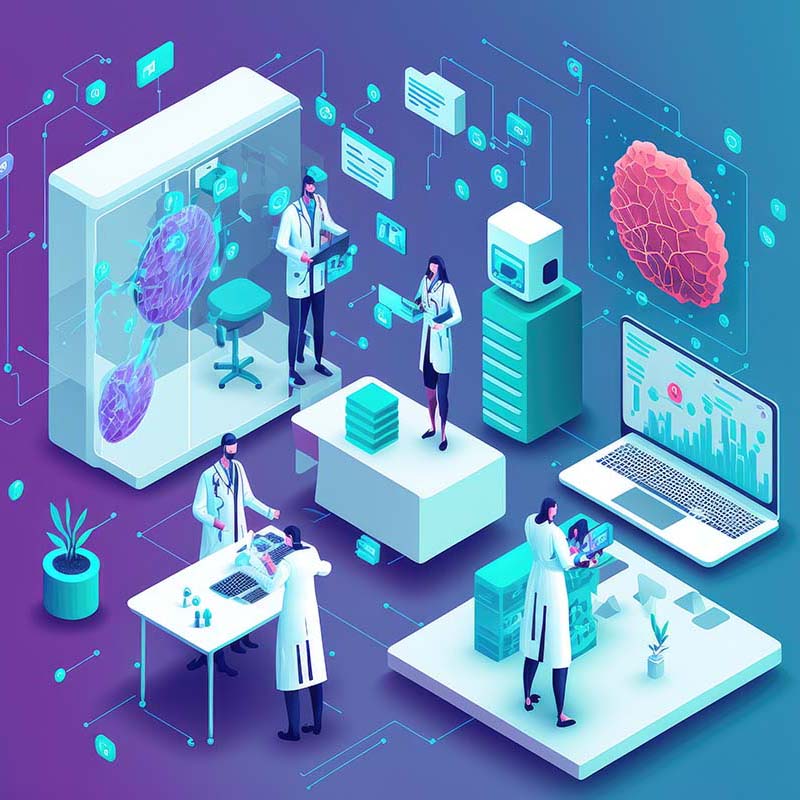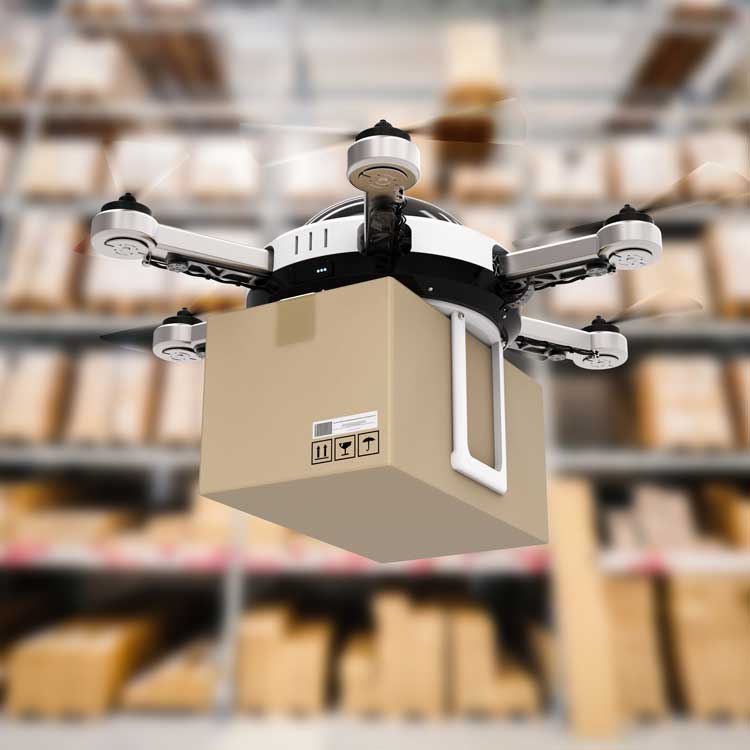The career path for many IT professionals often pointed toward specializing in a particular area of the data center. A network engineer would earn certifications to sharpen their mastery of Cisco technology then work inside a firm or consult on that particular vendor and area of the tech stack. With the advent of public and private cloud computing, that IT career path is being reconfigured.
“The world has changed for the network engineer,” said Eric Pearce, IT Systems Architect at Nutanix. “It’s a good example of a particular IT career track that has changed dramatically in recent years.”
Changes in the job role are a reaction to the way companies are building and integrating their networking tech stacks due to cost concerns and application specialization. This puts a lot more emphasis on interoperability. Pearce said the days of having a single networking vendor is long over.
“Nowadays, I would not expect to find a pure ‘Cisco shop,’” he said. “Most companies have a mix of vendors for various reasons. It can be because of vast cost differences between vendors, changing needs that require different vendors which are better at a particular technology or due to personal preferences of whomever happened to be running things at a specific point in time.”













